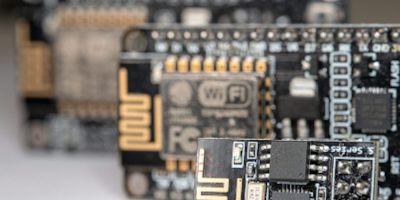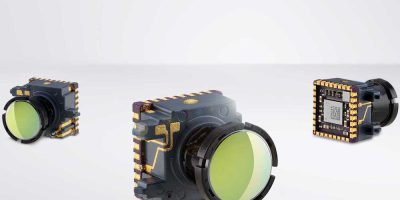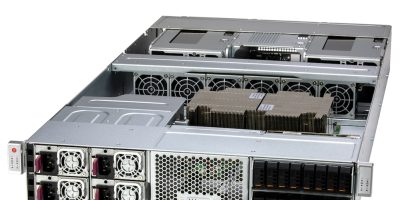Real-time secure embedded data management software provider, ITTIA, has launched its latest database, ITTIA DB IoT 8.8 for microcontrollers, microprocessors and electronic control units. The databased streams, analyses and gains insight in real time to microcontroller data in milliseconds to advance edge computing for IoT devices, said the company.
As part of the ITTIA DB embeddable database family, ITTIA DB IoT brings advanced database and stream processing capabilities to microcontroller devices.
With this new release, microcontroller applications embedded with ITTIA DB are capable of ingesting and aggregating data, detecting anomalies, storing information, and making choices in milliseconds. OEMs building gateway devices, industrial systems, software-defined vehicle applications, medical devices, wearables, and other embedded products can seamlessly embed ITTIA DB to locally monitor, store, and manage data in real time.
ITTIA DB IoT can be embedded into Arm Cortex-A, Cortex-M, and Cortex-R architecture devices, different RTOS platform variants, and can be easily ported to support custom environments.
ITTIA DB IoT’s architecture offers mix-and-match customisation so embedded developers may select to stream real time data, manage time series, and/or store table data.
Real time data capture and edge analytics are becoming common requirements for edge devices. As microcontroller technology advances, some OEMs seek to first process real-time data, interpret it and then store it while others prefer to store the entire data while footprint and performance play an important role in their design. ITTIA DB IoT 8.8 serves both schools of design. By incorporating ITTIA DB, a microcontroller can transform into a real time data processing platform that responds to event-driven data, as well as support applications that prefer to store the entire data into tables.
Embedded, edge IoT and AI systems demand devices to process data at a massive scale to achieve measurable metrics. ITTIA DB IoT 8.8 streaming and time series functionalities address this kind of demand. OEMs can build applications that respond immediately to events, craft materialised views over streams, and receive real time data from the current state on demand. Time series data ingestion, transformation, analytics, and distribution make microcontrollers compatible with today’s computing world, added ITTIA.
ITTIA software development lifecycle (SDL) conforms to the principles of IEC/ISO 62443.







